Walking into a Parisian bistro for the first time can feel like stepping onto a stage where everyone but you knows their lines. The clinking of silverware, the murmur of conversations in rapid French, and the waiters gliding between tables with effortless precision—it’s easy to feel like an outsider. But mastering the art of ordering in a French restaurant isn’t about memorizing a script; it’s about understanding the rhythm of the meal and respecting the unspoken rules that govern it.
The French take their dining seriously, and nothing signals "tourist" faster than rushing through courses or treating the menu like a checklist. A meal here is a ritual, not a race. Start by observing the pace of the room. If the couple next to you is lingering over their apéritif, follow their lead. Impatience is the quickest way to draw sidelong glances. When the server arrives, a simple "Bonjour" or "Bonsoir" sets the tone—skipping this greeting is like entering someone’s home without knocking.
Menus in France often follow a traditional structure: entrées (starters), plats (main courses), and desserts. Some places still list le menu (a fixed-price multi-course meal) separately from la carte (à la carte options). Asking for explanations is perfectly acceptable, but avoid demanding substitutions. French chefs design dishes with balance in mind; requesting to swap the dauphinoise potatoes for a side salad might earn you a polite smile—and an eye roll once the kitchen door swings shut.
Wine ordering carries its own set of nuances. If you’re uncertain, trust the server’s suggestion rather than defaulting to the second-cheapest bottle (a dead giveaway of inexperience). When your glass is poured, wait until everyone’s is filled before tasting. And never, ever ask for ice cubes in your Bordeaux—this isn’t a sidewalk café in Manhattan.
Bread etiquette is deceptively simple yet fraught with pitfalls. That basket of crusty baguette isn’t an appetizer; it’s meant to accompany your meal. Tearing off small pieces as you eat is preferable to slathering an entire slice with butter American-style. And while we’re on condiments: unless you’re at a casual brasserie, think twice before reaching for the salt. Seasoning your dish before tasting implies you doubt the chef’s judgment—a quiet insult in a culture where cuisine borders on religion.
As the meal winds down, resist the urge to request "l’addition" the moment your plate is cleared. In France, the check arrives only when asked for, and asking too soon suggests you’re eager to leave. Instead, order an espresso or digestif and let the evening unfold. When you do signal for the bill, a discreet hand gesture beats calling out across the room. Tipping works differently here too—service charges are typically included, though rounding up or leaving small change is customary.
What ultimately separates the savvy diner from the clueless tourist isn’t flawless pronunciation or encyclopedic wine knowledge. It’s the willingness to adapt to the tempo of French dining, where meals are marathons, not sprints. Watch how locals interact with staff, notice how they hold their cutlery, and most importantly, relax. The secret isn’t pretending to be French—it’s showing appreciation for their way of doing things. After all, even the most exacting Parisian waiter softens when they hear a genuine "Merci, c’était parfait."
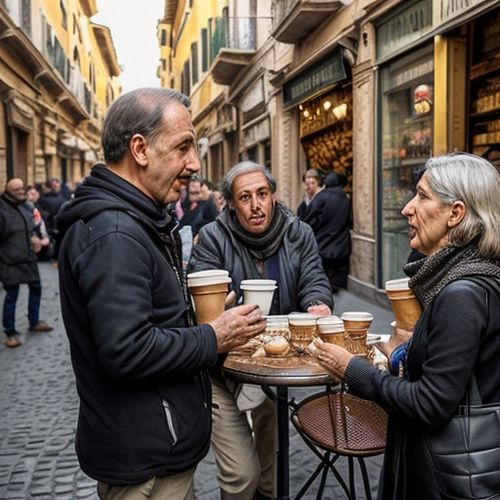
By Benjamin Evans/Apr 11, 2025
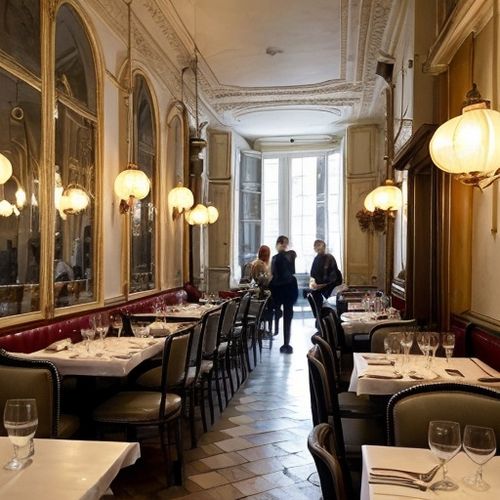
By Amanda Phillips/Apr 11, 2025
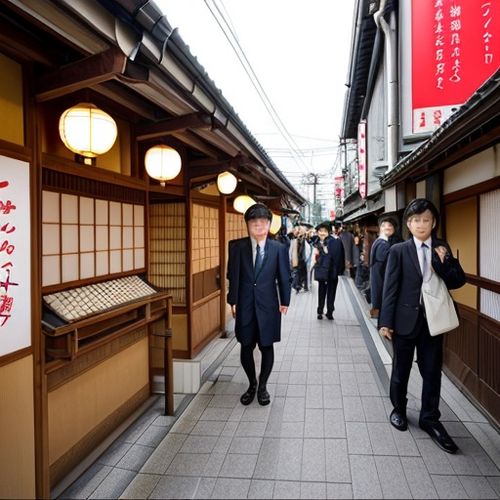
By Ryan Martin/Apr 11, 2025

By Sophia Lewis/Apr 11, 2025

By Samuel Cooper/Apr 11, 2025

By Laura Wilson/Apr 11, 2025

By Eric Ward/Apr 11, 2025

By Samuel Cooper/Apr 11, 2025

By Thomas Roberts/Apr 11, 2025

By William Miller/Apr 11, 2025
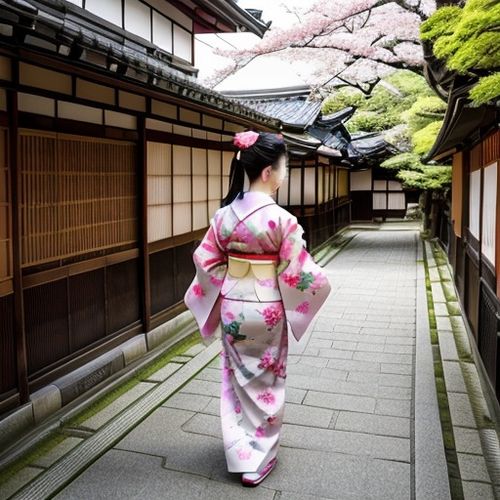
By Megan Clark/Apr 11, 2025

By Michael Brown/Apr 11, 2025

By Sarah Davis/Apr 11, 2025

By Noah Bell/Apr 11, 2025

By Sophia Lewis/Apr 11, 2025

By Daniel Scott/Apr 11, 2025

By Samuel Cooper/Apr 11, 2025

By Joshua Howard/Apr 11, 2025
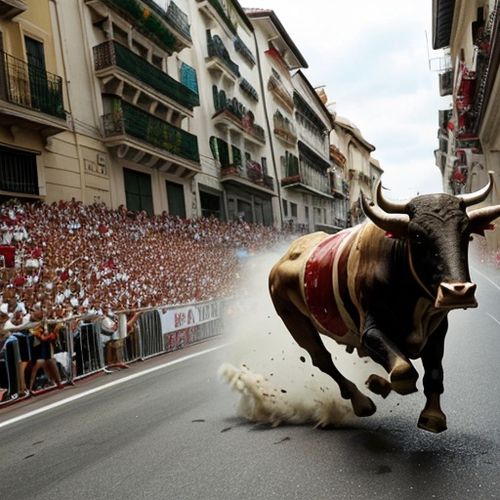
By Joshua Howard/Apr 11, 2025